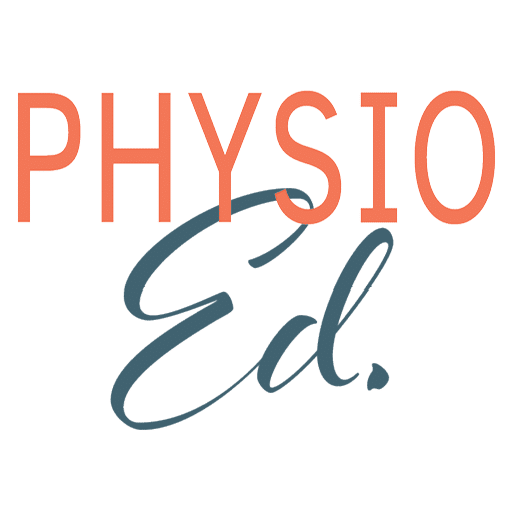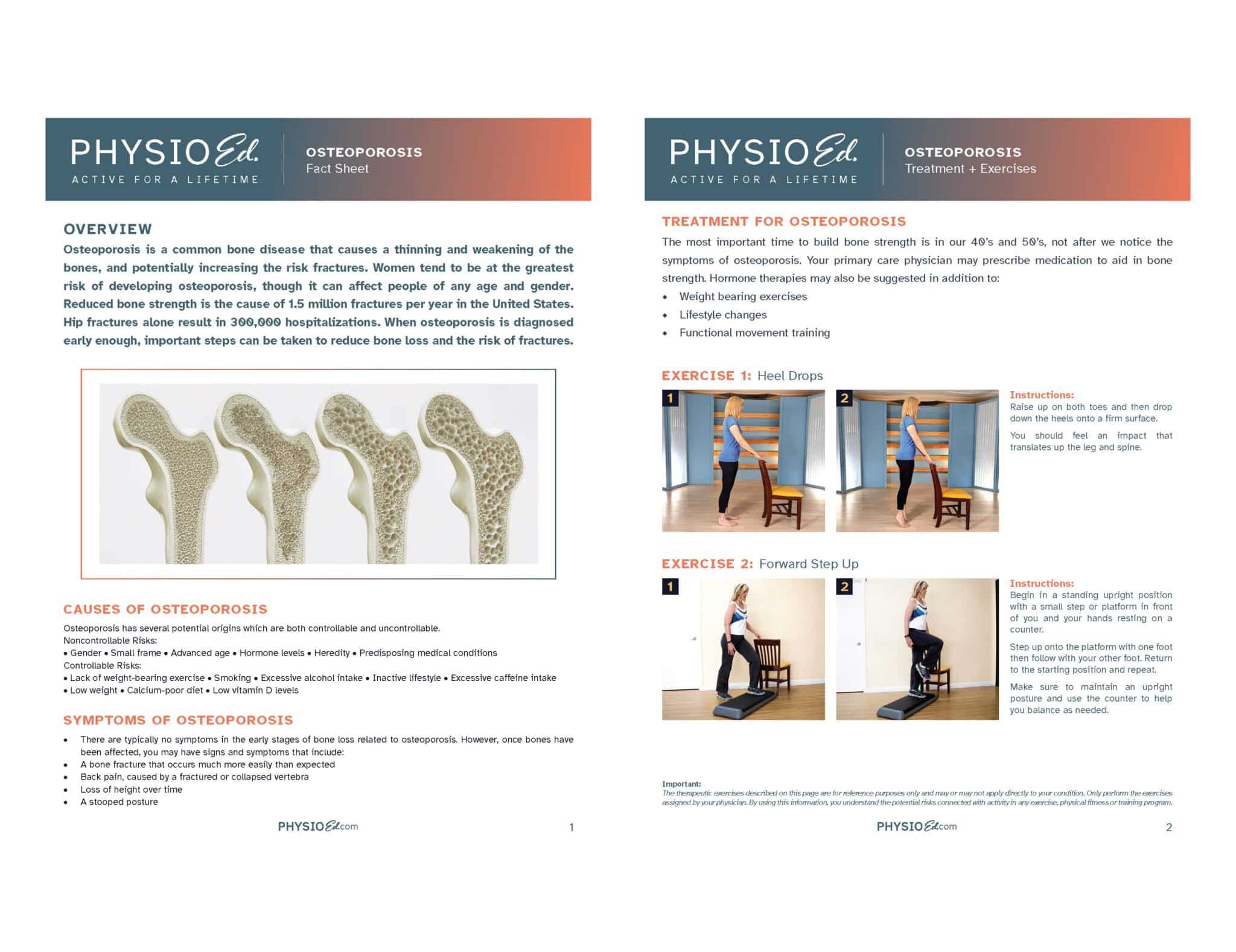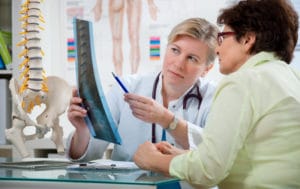Osteoporosis is a condition that affects the health and strength of the bones, making them more likely to break. It is more common in women, especially after menopause, but it can also affect men and younger people. Osteoporosis is a serious health challenge that can affect the quality of life and well-being. According to the National Osteoporosis Foundation, osteoporosis is linked to about 1.5 million fractures every year in the U.S., including 300,000 hip fractures that often need hospital care and surgery. The good news is that osteoporosis can be prevented and managed if detected early. Some of the ways to prevent and manage osteoporosis include getting enough calcium and vitamin D, doing regular weight-bearing and muscle-strengthening exercises, avoiding smoking and excessive alcohol consumption, and taking medications if prescribed by a doctor.









